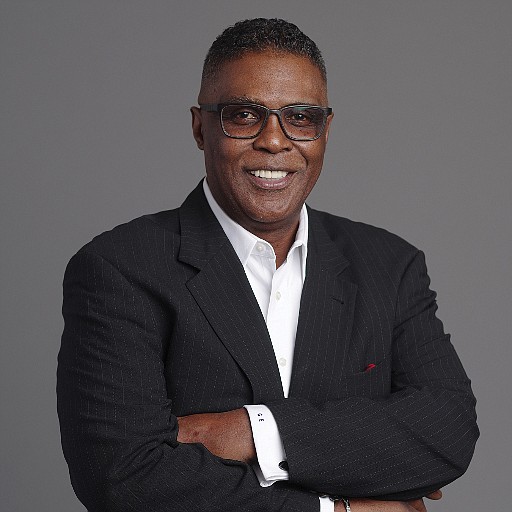The other pandemic: Social determinants of health, by Glenn Ellis
11/5/2020, 6 p.m.
There is an old saying, “When America catches a cold, Black people get pneumonia.”
An article from The Brooking Institution goes into detail in describing the data that demonstrates that in just about every state where racial data is available, Black people have higher infection rates and higher death rates from COVID-19.
Throughout the United States, the COVID-19 infection rate is three times higher in predominantly Black counties than in predominantly white counties, and the mortality rate is six times higher.
Even though there is only racial data available for only 35 percent of those who have fallen victim to the virus, the pattern of discrimination is undeniable.
This is nothing new. For centuries pandemics disproportionately affected the poor and disadvantaged. Sadly, it’s no secret that structural and institutional racism in our society today is real. This column aims to contribute to what we must know — and do — in order to navigate this system and enjoy the highest quality of life achievable.
The institutionalization of racial inequality was sowed into this nation from its beginning. All of the inequities in community resources and within the entire health care system are nothing but the fruits of this harvest. And when crises like the COVID-19 pandemic occur, inequalities are on steroids rather than reduced.
The media coverage, and some our own personal experiences, have made it crystal clear that COVID-19 is highly contagious and potentially deadly. But you would be hard-pressed to find the news cycles highlighting the fact that the same social determinants — including poverty and most definitely race and ethnicity — that impact the risk of being infected with COVID-19 also influence our disproportionate rates of chronic diseases.
We are more likely to work in those so-called “essential jobs,” such as in nursing homes or home health care, grocery stores, fast-food and other restaurants, retail shops and mass transit. These are jobs where we are more likely to come into close contact with people who are sick. No wonder we have such high rates of chronic conditions, like diabetes, high blood pressure and heart disease, all known to be risk factors for infection and death from COVID-19.
The term “social determinants of health” was most widely publicized after the World Health Organization’s Commission on Social Determinants of Health published in 2008 the report, “Closing the gap in a generation: Health equity through action on the social determinants of health.”
Why is no one is advocating for the school closures/disruptions that have increased food insecurity for children living in poverty who traditionally have benefited from school breakfast and lunch programs? Malnutrition causes substantial risk to both the physical and mental health of these children, including lowering immune response.
And what about the homeless, who are at higher risk of infection and transmission? People experiencing homelessness are vulnerable to COVID-19 because of the risk of transmission and their high rates of chronic diseases, like many of the rest of us.
How much attention and resources are our “leaders” devoting to making sure that access and availability of primary care and medications are sufficient to address this disproportionate rate of chronic conditions in disadvantaged and marginalized communities?
Kaiser Health News published research that shows the impact of COVID-19 on community primary health centers. Drops in patient visits and worker shortages have the ripple effect of centers with multiple sites closing or reducing hours. Not only does this negatively affect people in these communities whose chronic conditions require regular primary care, but also how they get their medications.
The New York Times reported that state regulatory agencies around the country are seeing more medication errors, and phar- macists at companies such as CVS, Rite Aid and Walgreens described understaffed and chaotic workplaces where they said it had become difficult to perform their jobs safely, putting the public at risk.
This is leading a lot of doctors to complain that pharmacies bombard them with requests for refills that patients have not asked for and should not receive. The refills are closely tracked by pharmacy chains and can factor into employee bonuses. It’s all a hot mess.
Please remain vigilant.
The “second wave” of fall and winter outbreaks of COVID-19, coupled with the flu season, means that as a member of a marginalized community in this country, it is imperative that you try to understand as much as you can about infectious diseases—all of them – COVID-19, flu and pneumonia. Learn how they are transmitted and how best to protect yourself and your families.
Read up on the best type of face masks and the correct way to wear them, as well as how often you need to replace them. Spend the extra time with the young and the elderly. Help them understand the seriousness of the times.
Pay close attention to how authorities are deciding what’s safe and effective for any of the many vaccines being researched in this “warp speed” race. We have had more than six months to witness firsthand that all of the experts, agencies and officials we thought we could look to for credible guidance have failed us.
The writer is a visiting scholars at the National Bioethics Center at Tuskegee University and a Harvard Medical School Research Bioethics Fellow.







